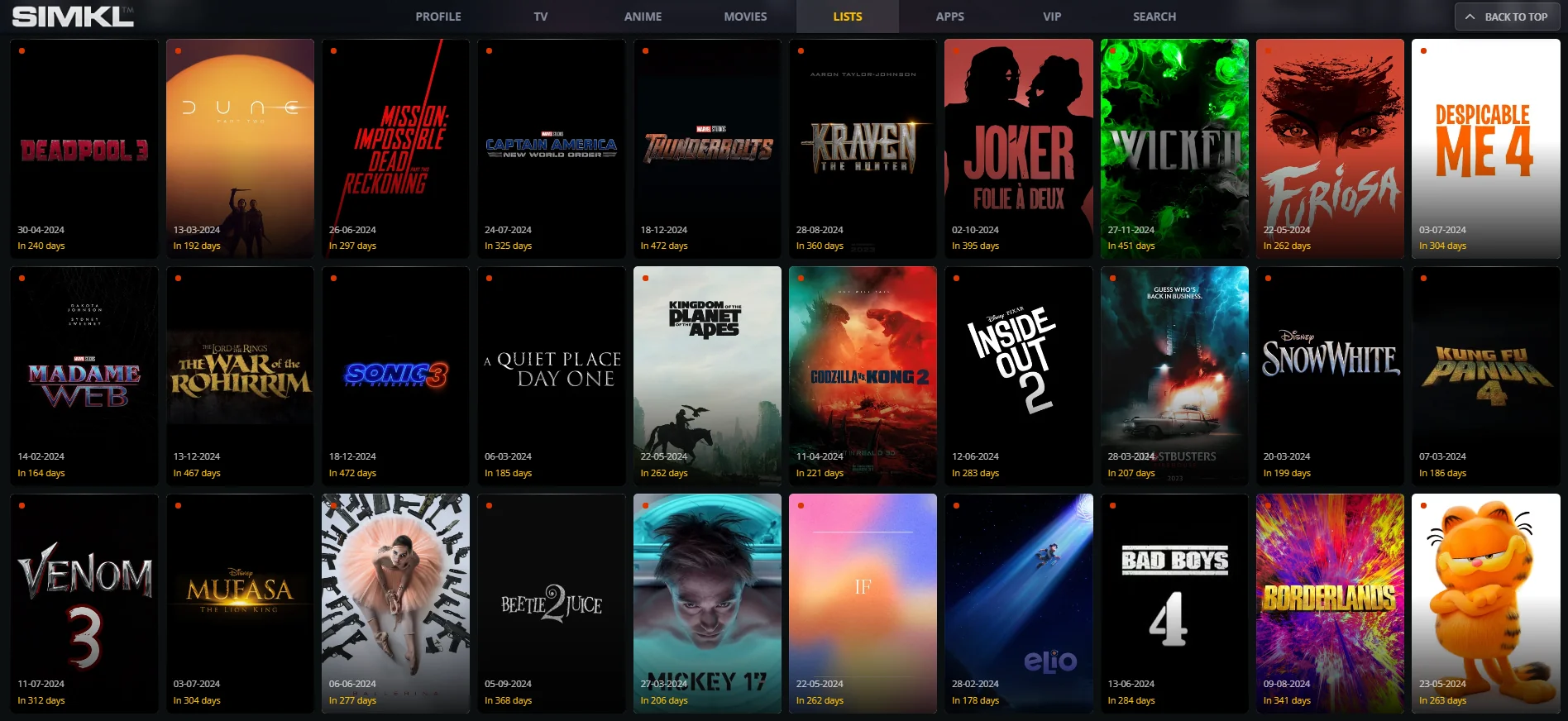In the ever-evolving landscape of digital marketing, email campaigns remain a cornerstone of effective communication strategies. One critical aspect of optimizing these campaigns is determining the ideal email length. This is where A/B testing proves invaluable. By experimenting with different email lengths, you can uncover what resonates most with your audience, leading to improved engagement rates and better overall campaign performance.
A/B testing, also known as split testing, is a method used to compare two versions of a campaign element to determine which performs better. In the context of email marketing, this involves sending two variations of an email—each with a different length—to different segments of your audience. By analyzing the results, you can identify which version leads to higher open rates, click-through rates, and conversions.
Why Email Length Matters
Email length plays a crucial role in how your message is received and processed. Too short, and you might not provide enough information to engage your audience. Too long, and you risk losing their interest. The goal is to find a balance that effectively communicates your message while maintaining the reader’s attention.
Setting Up Your A/B Test
To get started with A/B testing for email length, follow these steps:
Define Your Objectives
Before diving into the test, clearly define what you want to achieve. Are you aiming to increase open rates, improve click-through rates, or boost overall conversions? Your objectives will guide how you measure the success of different email lengths.
Segment Your Audience
Divide your email list into at least two distinct groups. Ensure these groups are similar in demographics and behavior to avoid skewed results. Each group will receive a different version of the email.
Create Variations
Develop two or more versions of your email with varying lengths. For instance, one version could be concise and straight to the point, while another could be more detailed and expansive. Ensure both versions maintain the same overall quality and messaging but differ in length.
Choose Your Metrics
Determine the key performance indicators (KPIs) that will help you evaluate the success of each email length. Common metrics include open rates, click-through rates, and conversion rates. Ensure you track these metrics consistently for each email version.
Run the Test
Send the different email variations to your segmented audience. Make sure to send them at the same time and day to avoid external factors influencing the results.
Analyze the Results
After your emails have been sent and the data has been collected, analyze the results to determine which email length performed better. Look at your chosen KPIs to see which version achieved your objectives.
Implement Findings
Based on your analysis, implement the findings into your future email campaigns. If a particular length proved more effective, consider adopting it as a standard practice. However, remember that preferences can change over time, so periodic testing is essential to stay current with audience trends.
Best Practices for Email Length
While A/B testing will provide specific insights for your audience, consider these best practices when determining email length:
Keep It Concise and Relevant
Aim for brevity while ensuring your message is clear and relevant. Short emails are often easier to read and more likely to be opened, but make sure they still provide enough value to the reader.
Use Clear and Compelling Subject Lines
Regardless of length, a compelling subject line can significantly impact open rates. Make sure it accurately reflects the content of your email and entices recipients to open it.
Focus on Quality Over Quantity
A well-crafted, shorter email can be more effective than a longer one that lacks substance. Focus on delivering valuable content and a clear call to action.
Personalize Your Content
Personalization can enhance engagement, regardless of email length. Tailor your content to the recipient’s preferences and behavior to increase its effectiveness.
Optimize for Mobile
With many users accessing emails on mobile devices, ensure your emails are mobile-friendly. This includes keeping emails concise and ensuring that the content is easily readable on smaller screens.
Continuously monitor the performance of your email campaigns and adjust your strategy as needed. Trends and preferences can change, so staying adaptable is key to maintaining effectiveness.
A/B testing is a powerful tool for optimizing email length and enhancing the effectiveness of your campaigns. By experimenting with different lengths, analyzing the results, and implementing your findings, you can tailor your emails to better meet the needs and preferences of your audience. Remember, the ultimate goal is to engage your readers and drive them to take action, whether that means making a purchase, signing up for a webinar, or simply clicking through to your website. With a strategic approach to A/B testing, you can achieve these goals and ensure your email campaigns deliver the best possible results.
FAQ: Using A/B Testing to Determine the Best Email Length for Your Campaigns
What is A/B testing in email marketing?
A/B testing, also known as split testing, is a method used to compare two versions of an email campaign to determine which performs better. In this context, it involves sending two variations of an email with different lengths to different segments of your audience. By analyzing the results, you can identify which email length leads to higher open rates, click-through rates, and conversions.
Why is email length important in my campaigns?
Email length significantly impacts how your message is received. A short email might not provide enough information to engage your audience, while a long email could risk losing their interest. Finding the right length is crucial for effectively communicating your message while maintaining reader engagement.
How do I set up an A/B test for email length?
Define Your Objectives: Determine what you want to achieve with your test, such as increasing open rates or improving click-through rates.
Segment Your Audience: Divide your email list into two or more similar groups to ensure accurate results.
Create Variations: Develop different versions of your email with varying lengths.
Choose Your Metrics: Decide which key performance indicators (KPIs) you'll use to measure success, such as open rates or conversion rates.
Run the Test: Send the different email versions to your segmented audience.
Analyze the Results: Evaluate which email length performed better based on your chosen metrics.
Implement Findings: Use the results to refine your email campaigns and adopt the most effective length.
What metrics should I use to measure the success of different email lengths?
Common metrics to evaluate email length performance include:
Open Rates: The percentage of recipients who open your email.
Click-Through Rates: The percentage of recipients who click on links within your email.
Conversion Rates: The percentage of recipients who take a desired action, such as making a purchase or signing up for a service.
What are some best practices for determining email length?
Keep It Concise and Relevant: Aim for brevity while ensuring your message is clear and valuable.
Use Clear and Compelling Subject Lines: An engaging subject line can significantly impact open rates.
Focus on Quality Over Quantity: A well-crafted short email can be more effective than a lengthy one with less substance.
Personalize Your Content: Tailor your content to the recipient’s preferences and behavior.
Optimize for Mobile: Ensure your emails are mobile-friendly and easily readable on smaller screens.
How often should I conduct A/B testing for email length?
Regular A/B testing is essential as audience preferences and trends can change over time. Periodic testing helps you stay current and continually optimize your email campaigns for better results.
What should I do with the results of my A/B test?
Analyze the results to determine which email length was more effective. Implement the findings into your future email campaigns, but remain adaptable and open to testing new variations as audience preferences evolve.
Can I use A/B testing for other elements of my email campaigns?
Yes, A/B testing can be used to optimize various aspects of your email campaigns, including subject lines, call-to-action buttons, images, and overall design. Testing different elements helps you improve overall campaign performance and achieve better results.
Where can I learn more about A/B testing and email marketing?
There are many resources available online, including digital marketing blogs, webinars, and courses. Additionally, consulting with email marketing experts or agencies can provide valuable insights and strategies tailored to your specific needs.


















